Blazer Fit
Regardless of the type of blazer—oversized or fitted—a few rules can determine if a
blazer fits you properly and whether you need it tailored or a different size.
First, the shoulder seam should fall along your shoulder line on the jacket. If it slouches
forward, try a size smaller. If the blazer has shoulder pads, they should not extend
beyond your shoulder, otherwise they’re too big. Along the shoulder blades, the fabric
should lay flat but have enough room in it for comfortable movement.
Next, the sleeve should accommodate a blouse or perhaps even a sweater, depending
on how you plan to wear it. The sleeve should comfortably sit right under your arm
without the seam pulling or puckering.
Once buttoned, the fabric should lay flat, not only where the buttons come together, but
also from the lapel across your shoulder. If you have sloping shoulders, excess fabric
along the shoulder is common which can be adjusted by pulling out the excess fabric at
the top and reattaching.
For a standard fit of the sleeves, the cuff should hit right at the top knuckle of your
thumb. If there’s faux buttons, know there’s an added expense when tailoring to remake
the sleeve if it’s too long. It may be cheaper to detach and shorten the sleeve at the
top. If the blazer’s cuffs are real, this is likely the least expensive way to get them the
correct length.
Finally, you’ll want to examine where the bottom of the blazer hits you at the hip, you
don’t want it sitting at the widest point, as it draws the eye to that area. Instead, choose
one that hits above or below.
Tammy’s Truism: An “inexpensive” blazer isn’t really a bargain if you spend more on tailoring than you paid for it.
